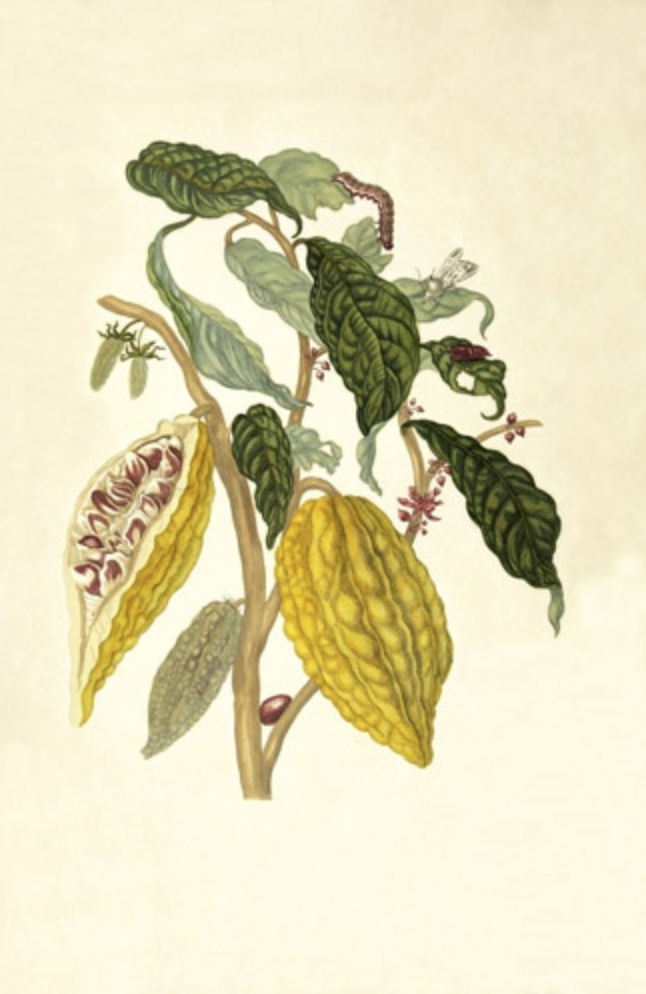Summary of Chapter & Response
In this chapter, Drucker provides us with some historical context on the evolution of data visualization from its beginnings. Though Drucker's writing can be quite dense, she is able to apply scientific concepts to historical concepts.
Key topics discussed within this chapter:
- The theoretical study of graphical elements and principles developed differently in art history than design.
- The late nineteenth century is when we began to see the idea that design was a skilled profession whose principles were graphic, not pictorial and whose language was built on an analogy with verbal language.
- The Gestalt principles emerged in studies of psychology in the 1930s.
Georg Dyonysius Ehret's illustration of Liannaeu's sexual system of plant classification (1736)

I chose Georg Dyonisius Ehret's illustration from Graphesis to discuss. I have truly been fascinated with botanical prints ever since growing up in a household that had several antique botany prints. I have also been fond of the aged paper, the beautiful flora illustration as well as the information provided about that respective plant.
Botanical illustrations can be traced back to sometime between 50 and 70 CE when a book was created by a Greek botanist to help readers identify plant species for medicinal purposes. Prior to the invention of photography, botanical illustration was the only way to visually record the many flora species.
I love Ehret's print because it's minimal, has a perfect visual grid and all of the elements being referred to are numbered while at the same time, looking like they have movement.
Lets look at a few more illustrators for comparison:
Maria Sibylla Merian
Merian (1647-1717) was also known for her botany illustrations. Her illustrations helped contribute to the advance of entomology in the late 17th and early 18th centuries.

In Merian's illustrations, we see a more exotic variety of plants that weren't native to the European continent. However, unlike Ehret's illustration, we are missing some additional text to provide more context to the illustration.
Pierre-Joseph Redouté

Redouté (1759-1840) was also a European botanist. His rose illustrations are some of the most stunning botany illustrations. In the Rosa Centifolia image - at the bottom, we see that he is providing both the scientific name of the plant as well as the more common name (Rosier à cent feuilles). This provides the reader with both a visual element and information about the type of plant with text.
Sources: Drucker, Johanna: Graphesis, Visual Forms of Knowledge Production
https://www.britannica.com/biography/Maria-Sibylla-Merian
https://mymodernmet.com/history-of-botanical-illustration/
https://www.botanicalartandartists.com/about-maria-sibylla-merian.html